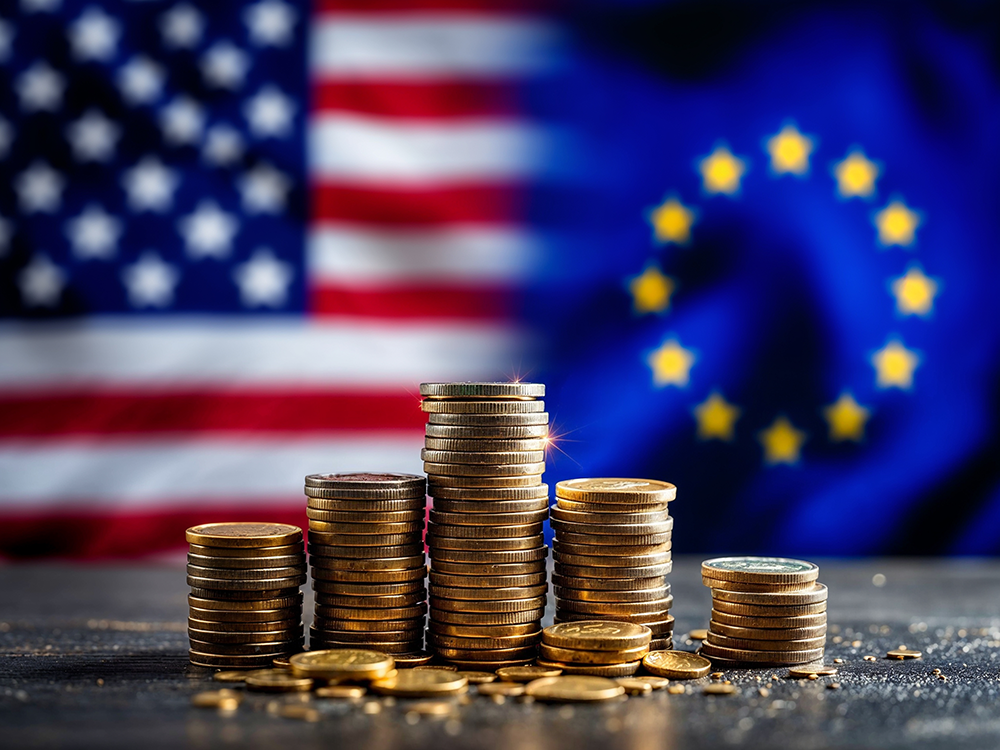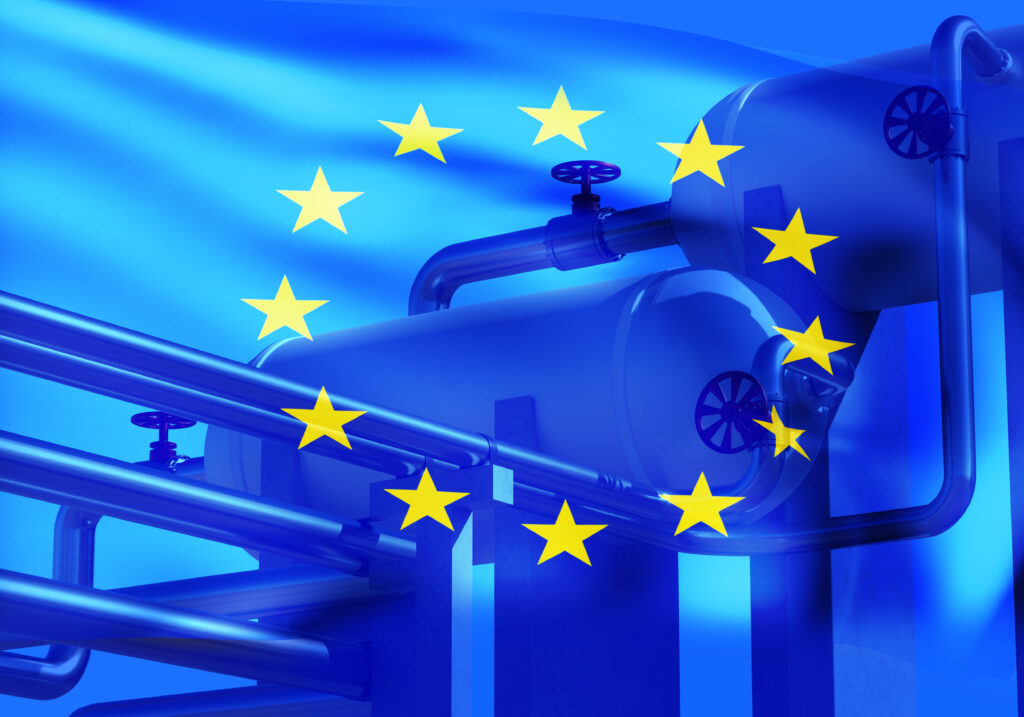Fortress Europe? EU Slams the Gate on Steel Imports in Dumping Crackdown

Amid chaos from steel tariffs, the European Commission plans to tighten steel import quotas on April 1 over fears of dumping on the bloc. Those fears primarily stem from U.S. President Donald Trump’s implementation of 25% duties on all steel and aluminum imports into the United States, which came into effect in early March.
The measures are part of a several-point document titled “A European Steel and Metals Action Plan,” which the European executive released on March 19. The EC noted that further plans for the EU steel industry include introducing measures to replace steel safeguards no later than Q3 2025 and ferroalloy safeguards by November 18.
Besides placing safeguard measures on imports, the plan also stipulates ensuring sufficient scrap supply. This includes trade measures to include sufficient availability by Q3 at the latest. Stay informed, prepared, and profitable, even in a volatile steel market by subscribing to MetalMiner’s weekly newsletter.
Steel Tariffs, Carbon Leakage and EU Imports
The European Commission also stated that plans are underway for additional measures aimed at preventing carbon leakage, noting, “While the Carbon Border Adjustment Mechanism applies to imported goods, it does not deal with the possible carbon leakage risks for metals produced in the EU that are subject to the European Union Emissions Trading System price and which are exported to third countries, competing with producers based in countries with lower climate ambitions.”

The EC now plans to issue a comprehensive review on how to address carbon leakage for CBAM goods by Q4. The analysis will include extending its scope to certain steel and aluminum-intensive downstream products as well as additional anti-circumvention measures.
Break out your part spend instantly and know exactly what areas of your steel buy you’re being tariffed the most on, saving you money. Learn more about Insights SV.
Renewed Focus on “Third Countries” Could Protect the EU Steel Industry
Amid its renewed focus on carbon-related issues, the EC also plans to issue information on how to address carbon leakage for CBAM goods exported from the EU to third countries by Q2. The data will primarily focus on providing analysis and options.
“There is a risk of circumvention of CBAM objectives when goods produced in low-carbon production facilities in third countries are redirected to European customers while carbon-intensive production continues for other markets (so-called ‘shuffling’),” the report stated.

“Similarly, greenwashing can occur through carbon accounting practices, such as energy-intensive metals production benefiting from market-based instruments to appear low-carbon while still relying on high-emission energy sources or misleading scrap content accounting practices.”
Eurofer Signals Approval of EC Plan
The European Steel Association gave a positive assessment of the EC plan and the issues it covered. However, Eurofer stressed the need to reduce the high energy prices still affecting European steelmakers.
“Despite the positive proposals from the Commission, energy remains the elephant in the room. High energy prices affect not only steel and metals production, but they are dragging down entire European industrial value chains. Further work to reduce energy costs is crucial”, said Eurofer president Dr. Adam Henrik.

Trading Economics shows that benchmark TTF natural gas prices in Europe were €42.57 ($46.07) per megawatt hour on March 21, up 12.6% from €37.79 ($40.89) on March 12. This is mainly due to continued attacks on Russian and Ukrainian energy networks and arising concerns about gas supplies. The dynamics of how these geopolitical developments all impact steel and aluminum tariffs are covered in MetalMiner’s free comprehensive tariff guide.
“On [March 21] alone, prices jumped nearly 3% after an attack on Russia’s Sudzha gas metering station in the Kursk region, which previously transported gas to Europe,” Trading Economics stated. “With Russian pipeline flows unlikely to return soon, Europe faces a challenging storage buildup ahead of next winter. Currently, gas reserves are only 34% full, with a 90% target set for November 1.”
